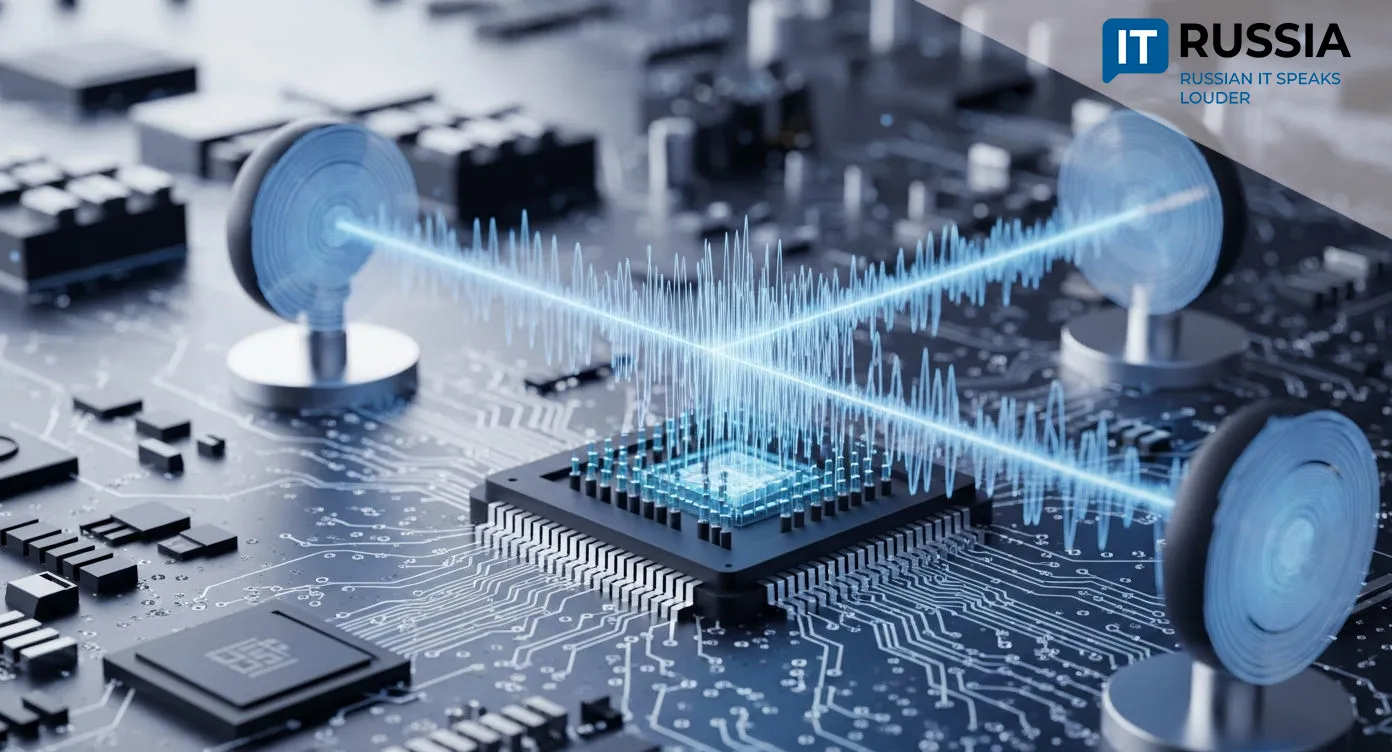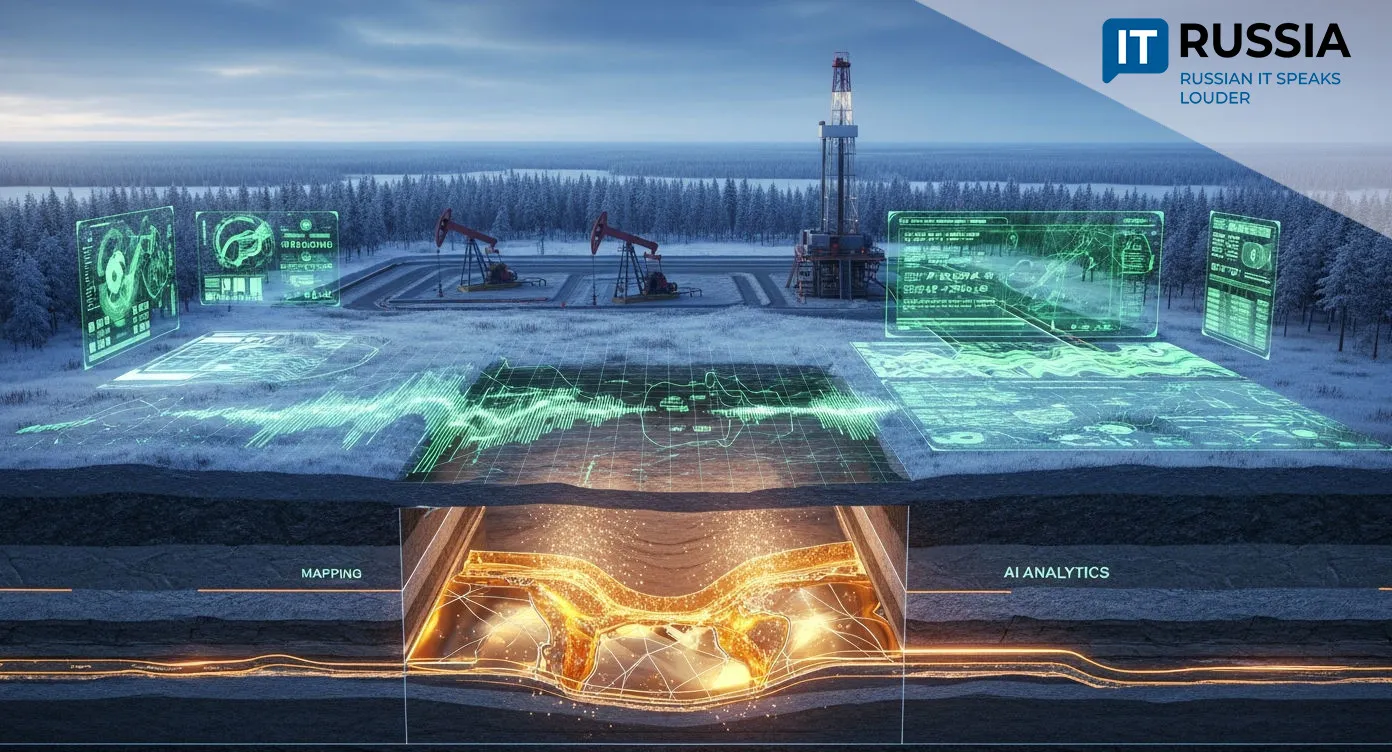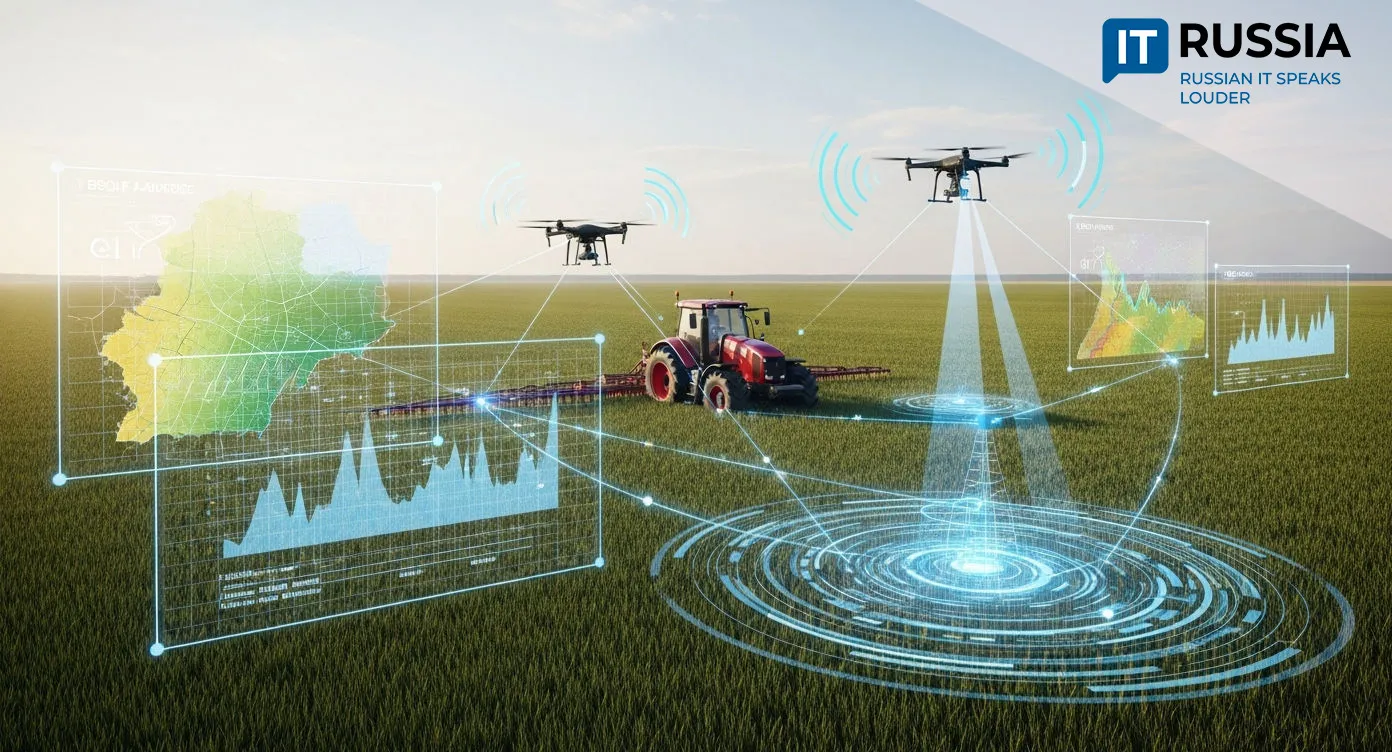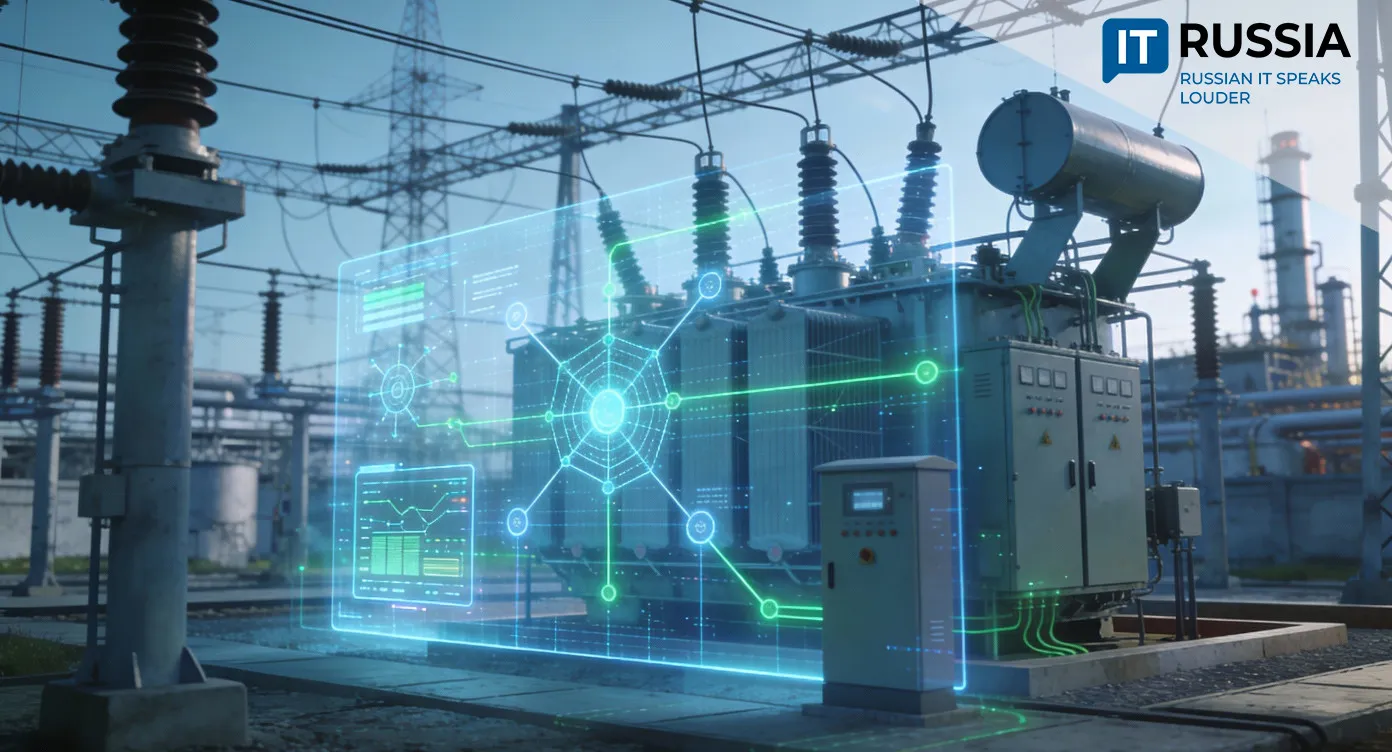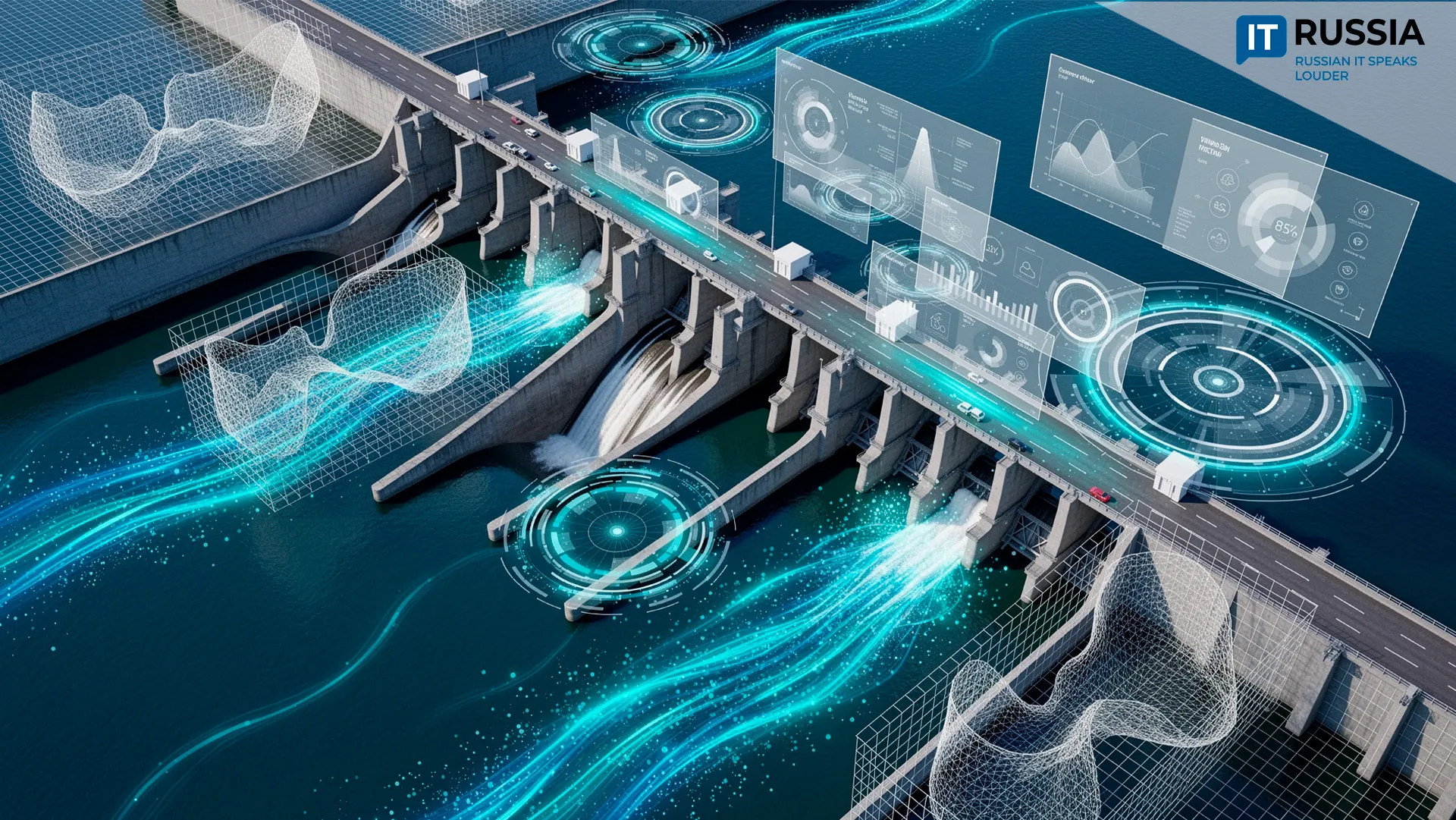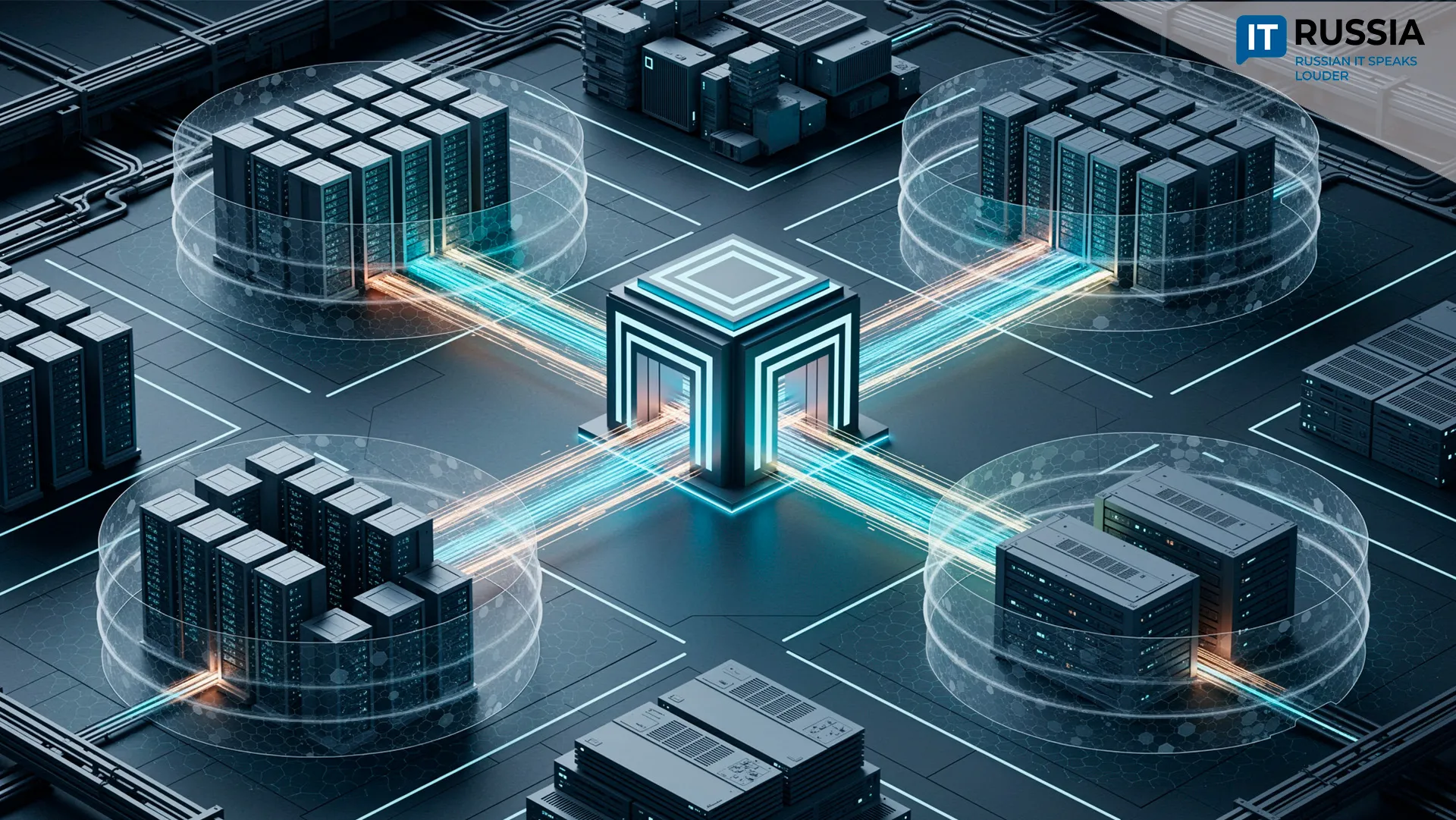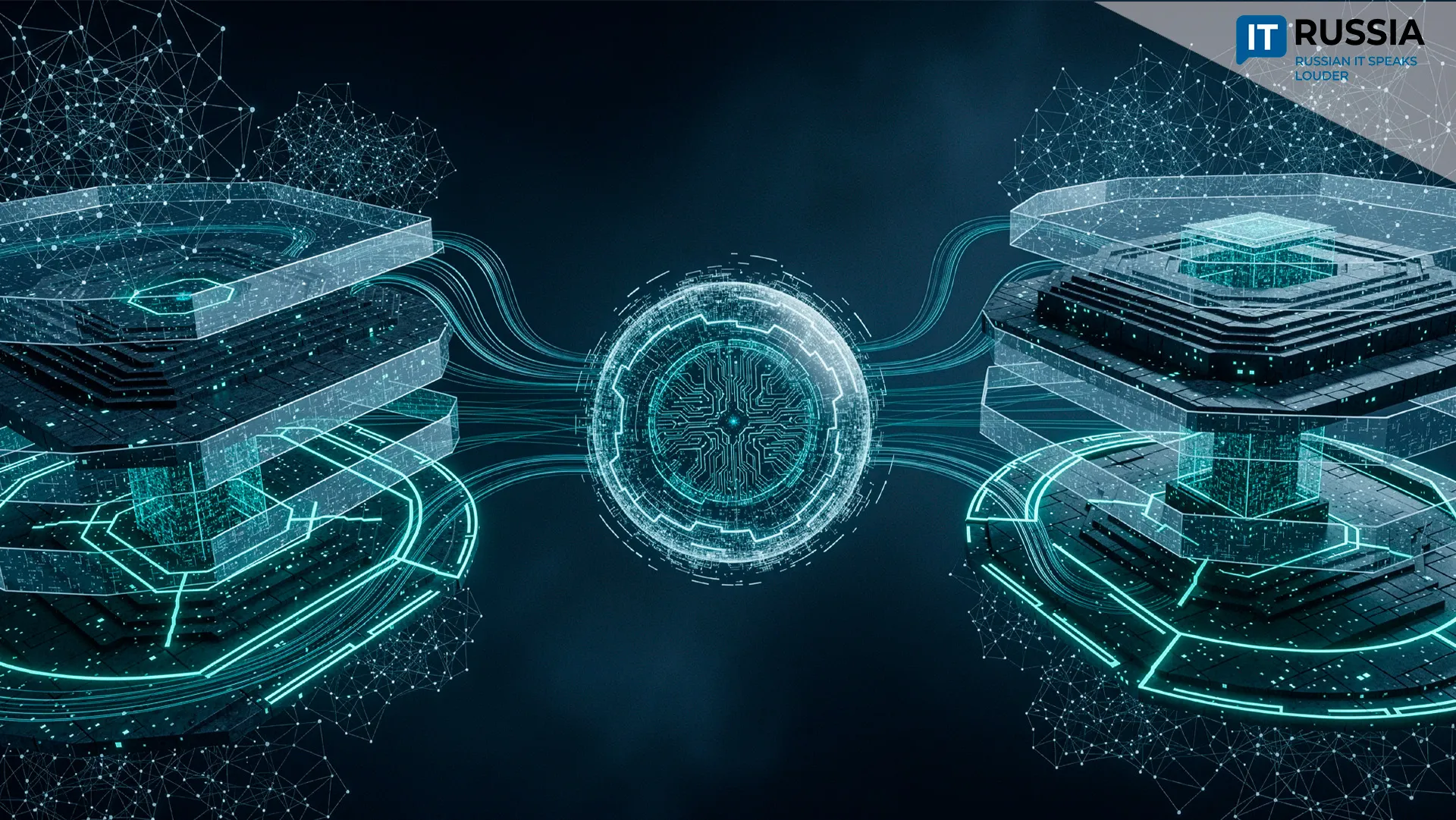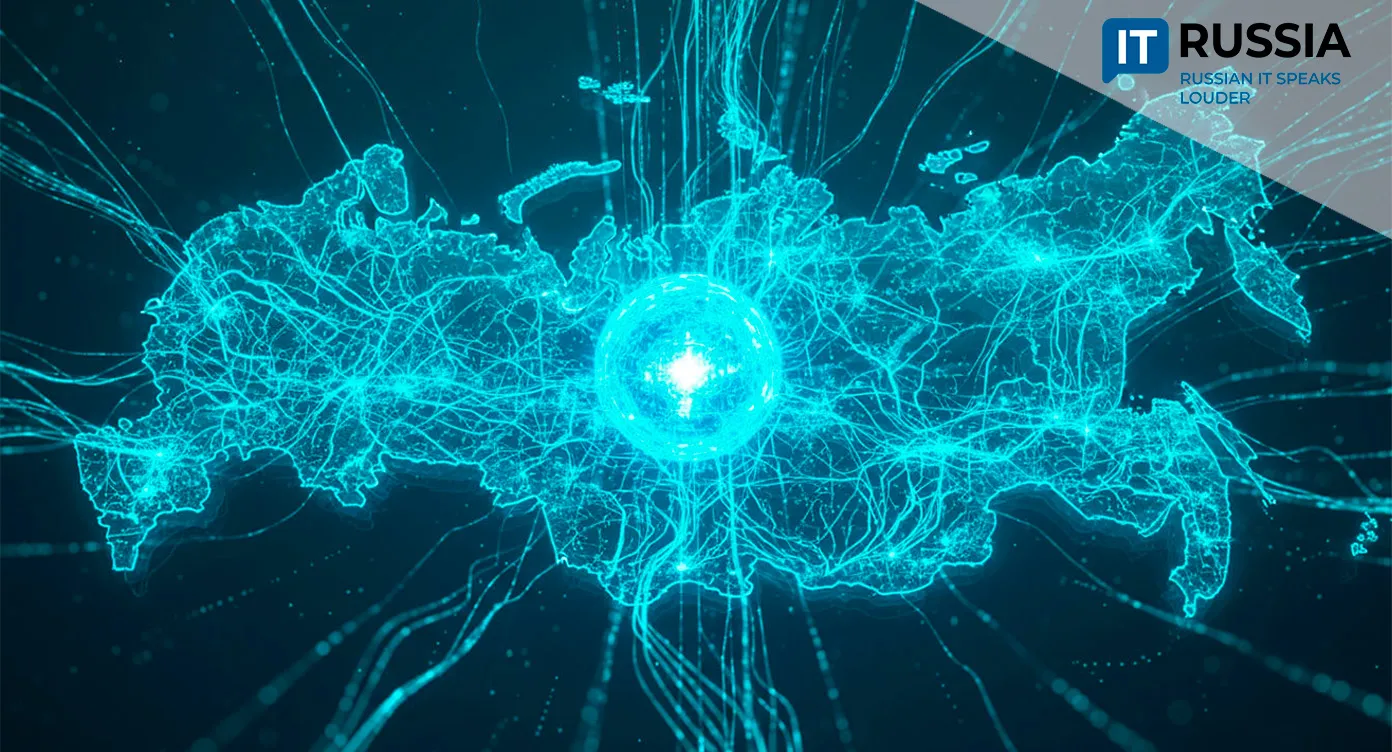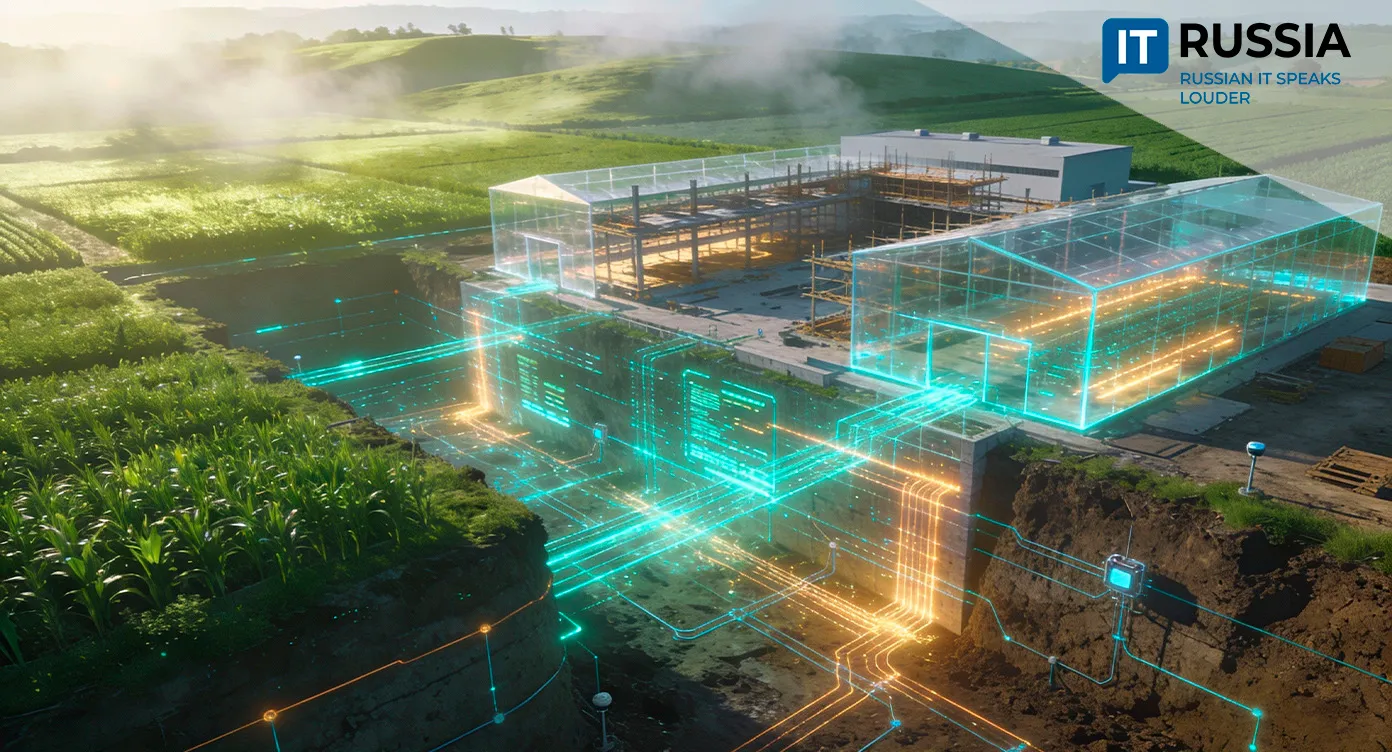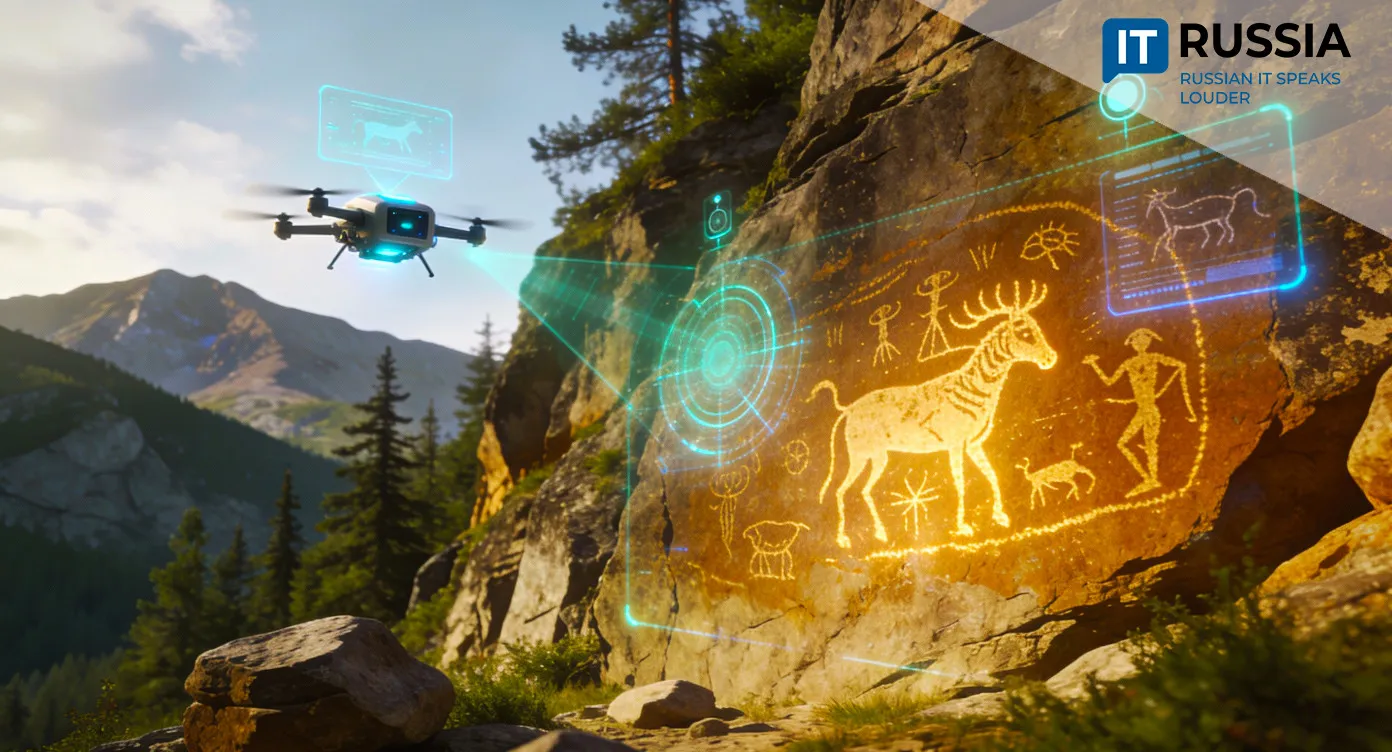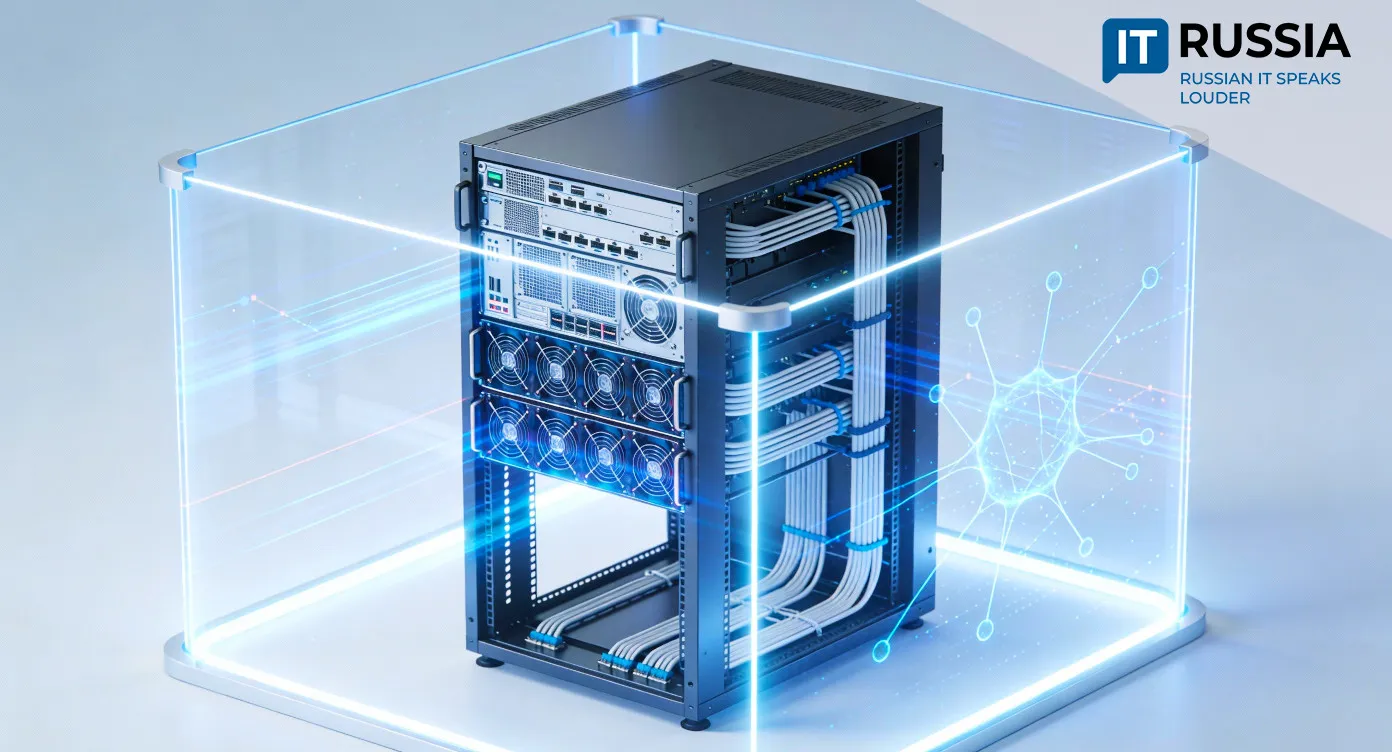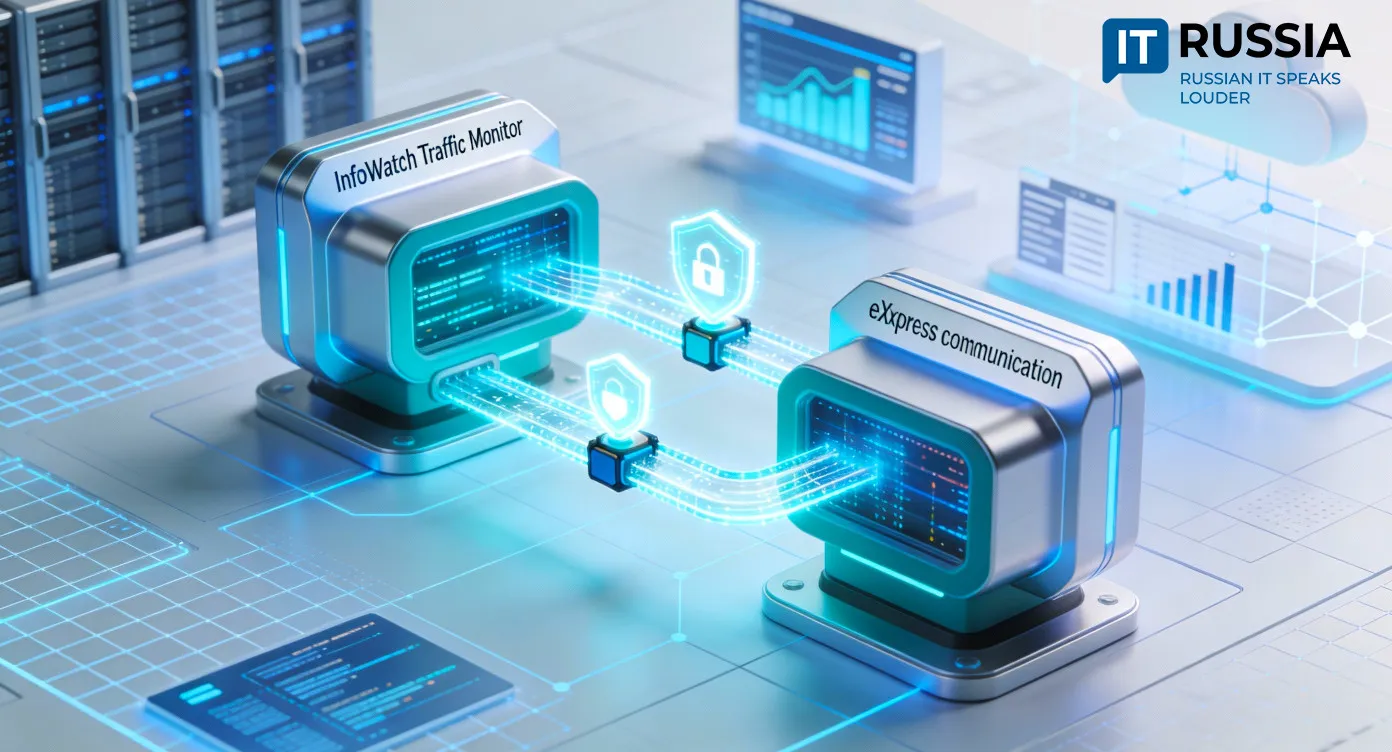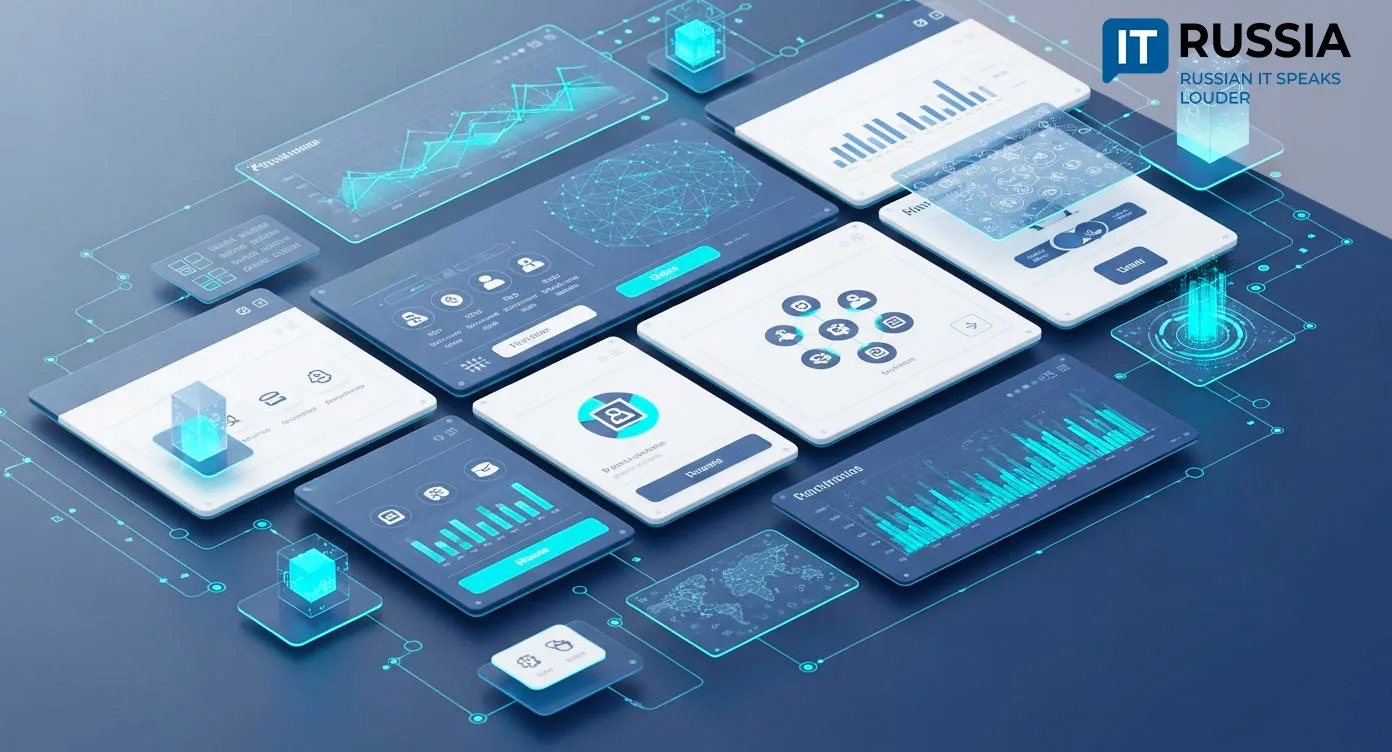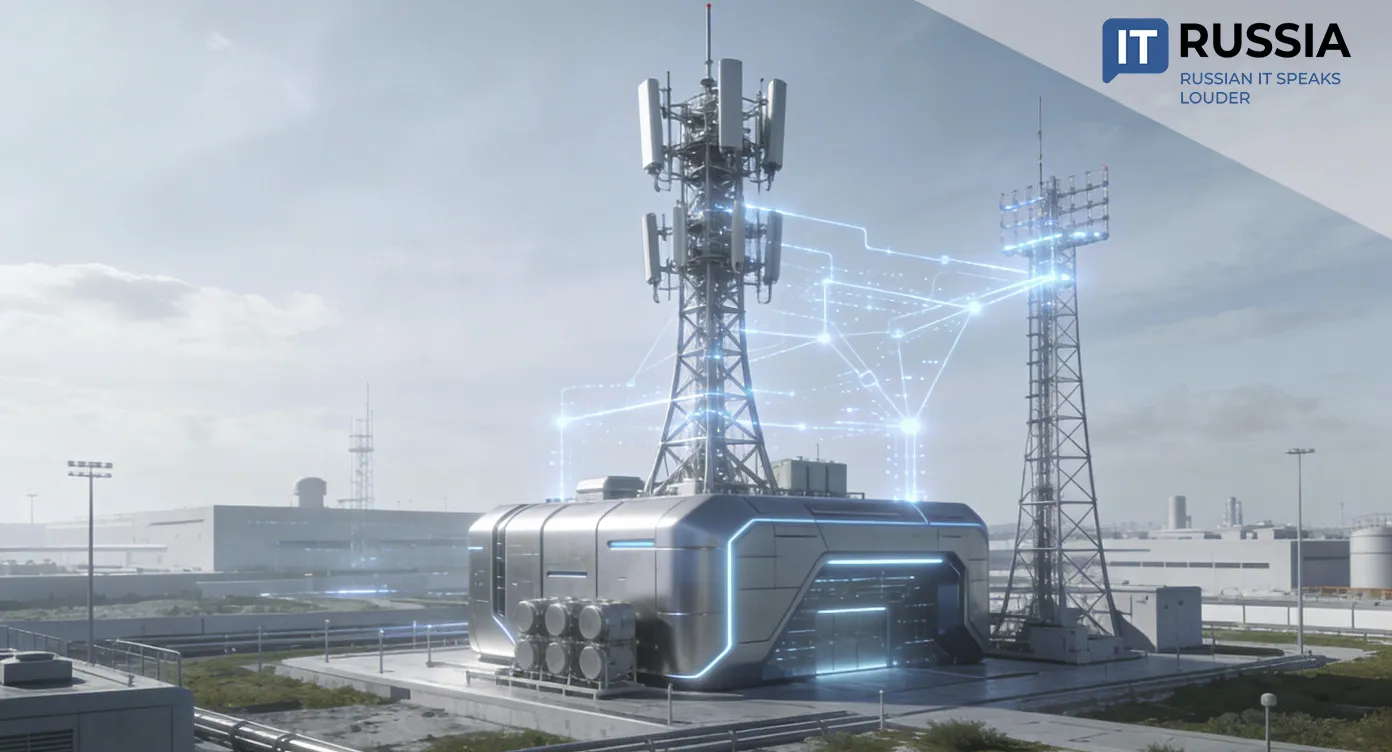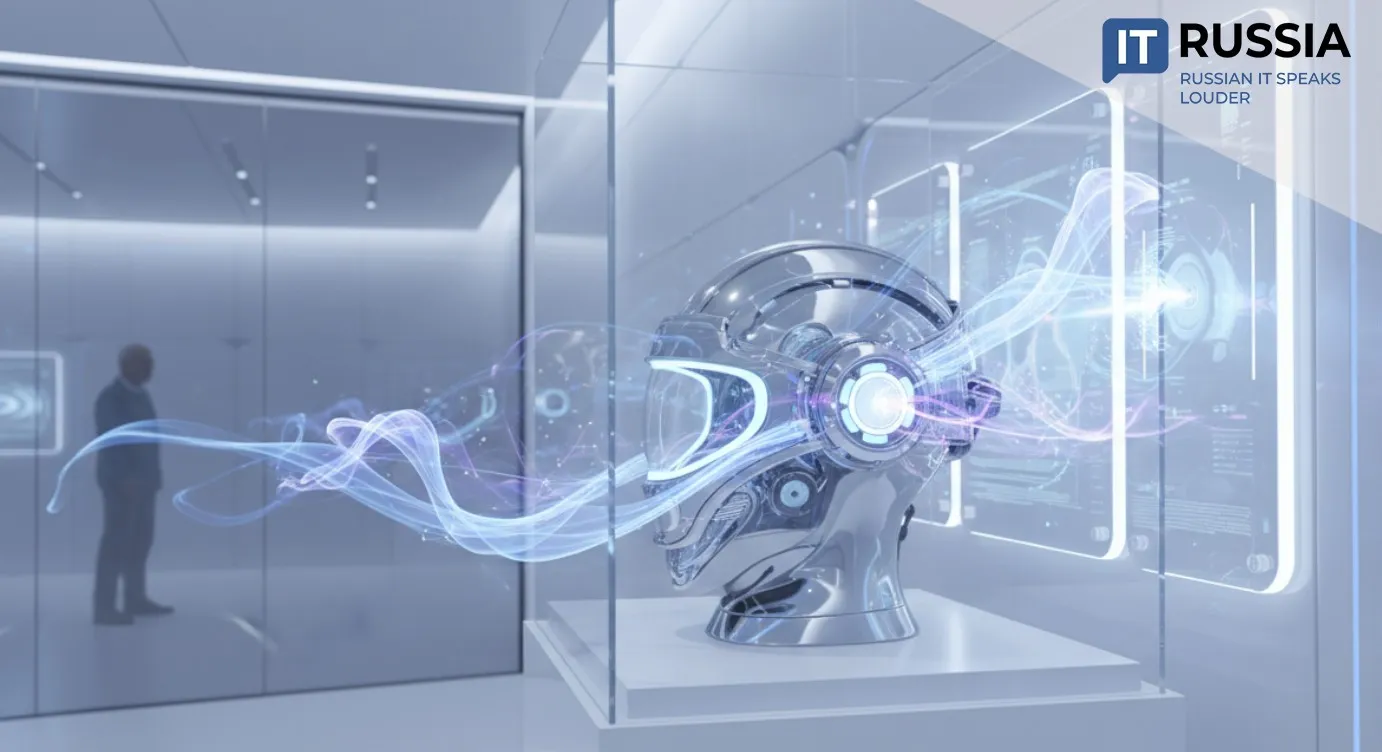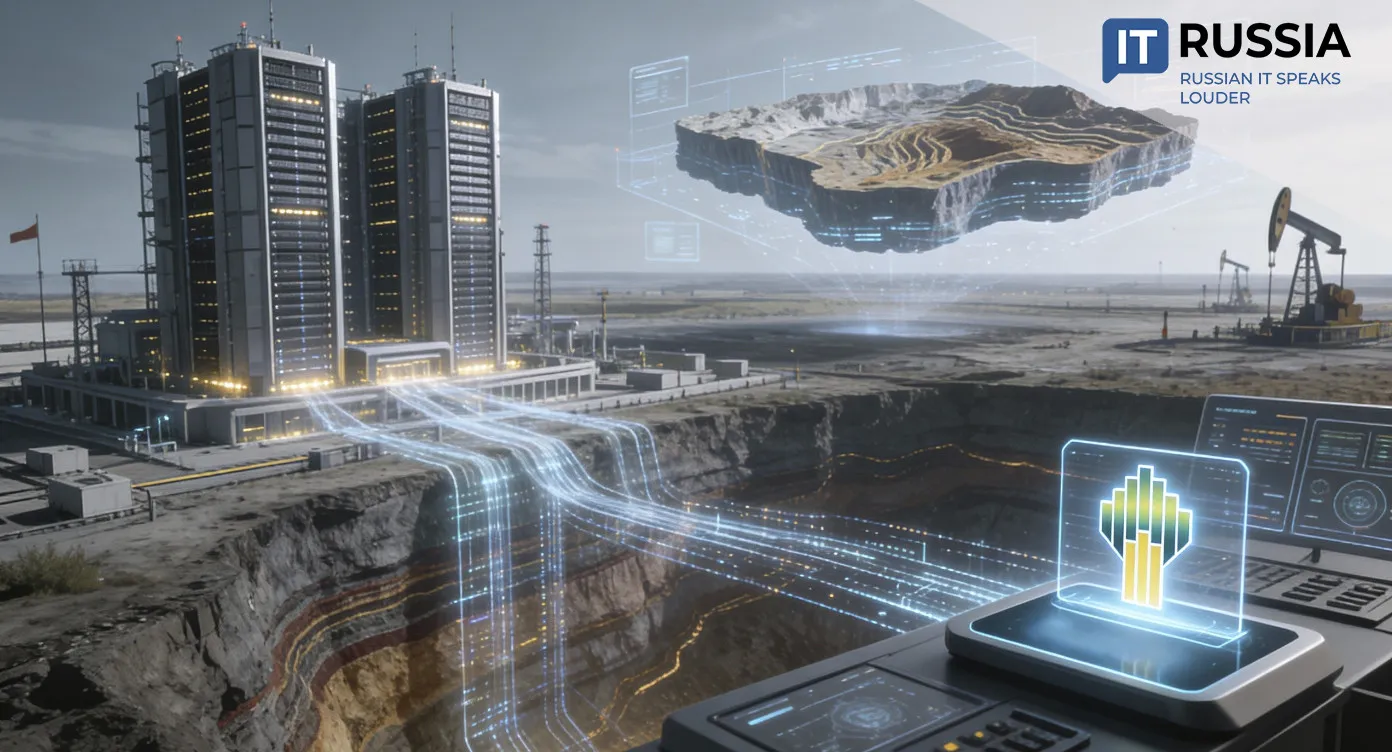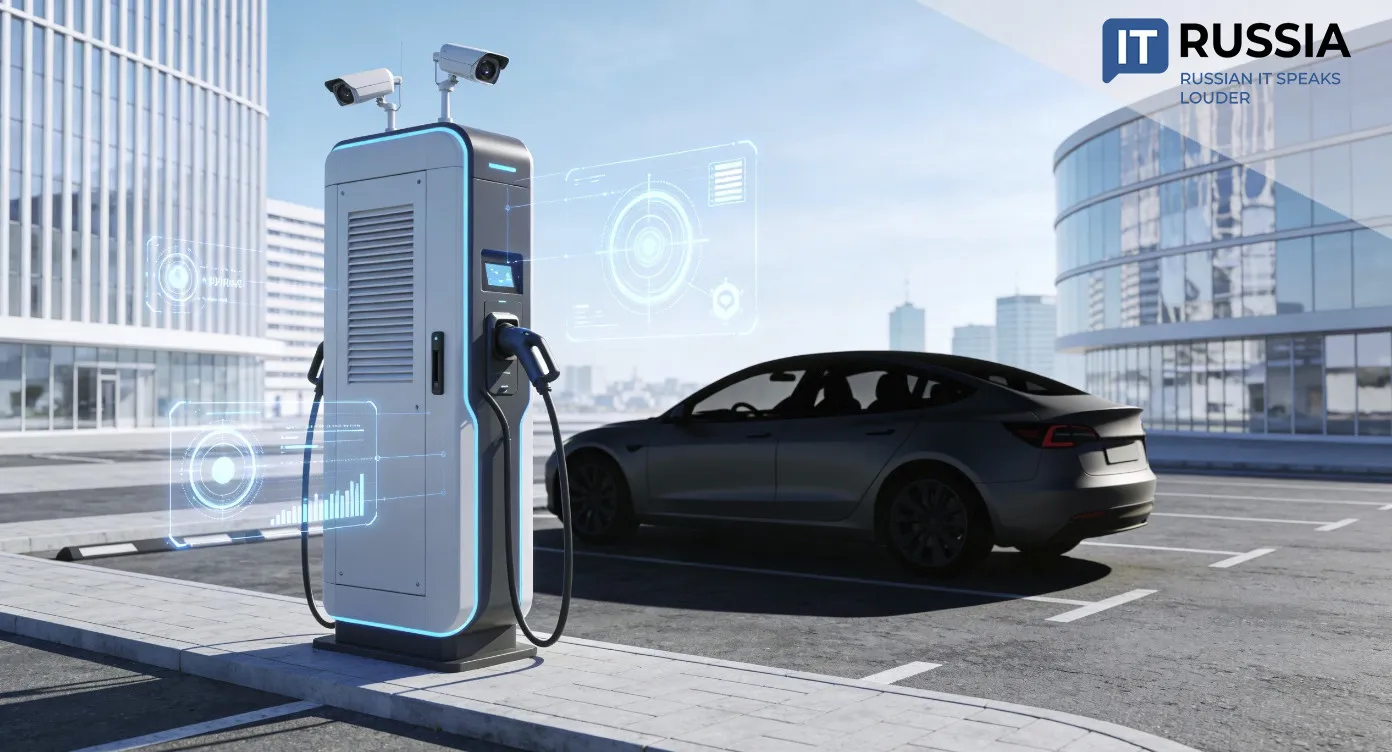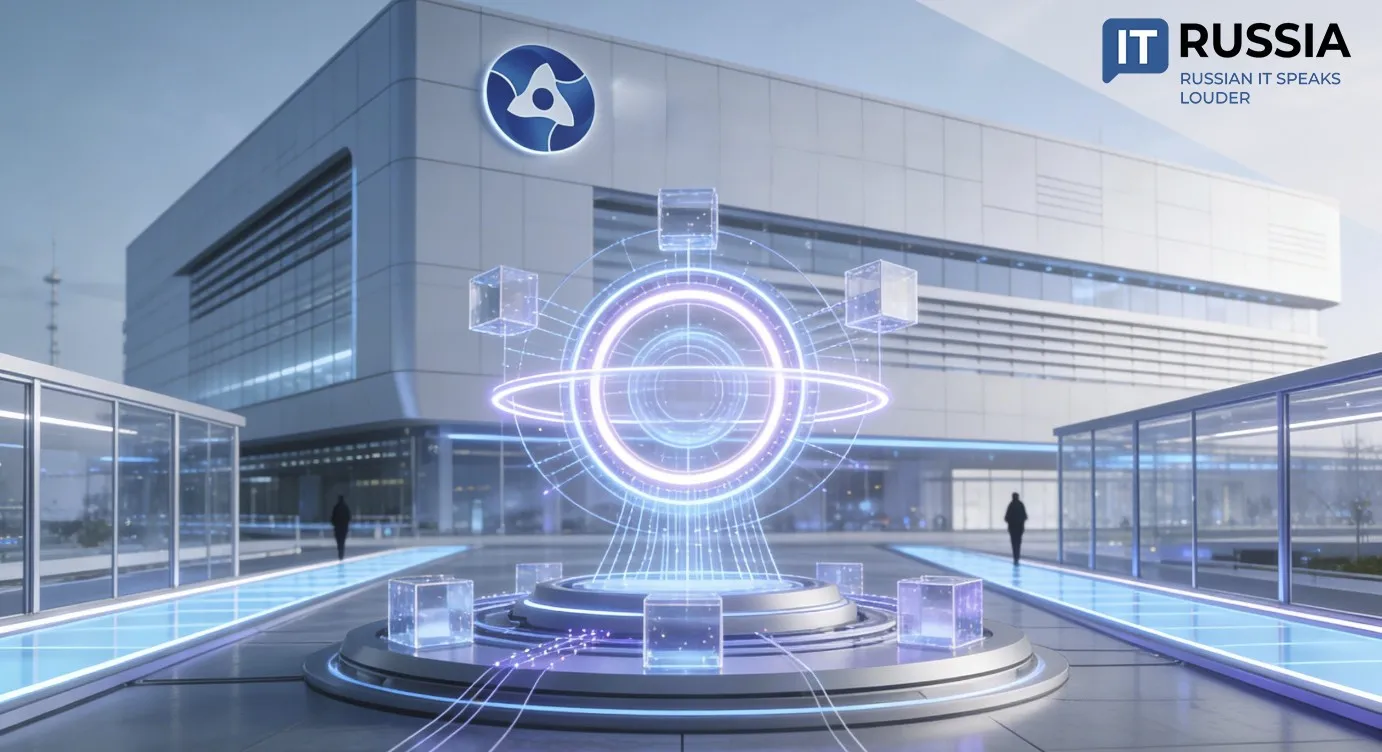Russian Developer Unveils Solar SIEM With Modular Architecture and AI Assistant
Russia’s Solar Group has introduced Solar SIEM, a cybersecurity platform integrating both SIEM and SOAR functionality. The solution features a modular architecture and a built-in AI assistant, allowing deployment without replacing existing infrastructure — a design that could reshape the country’s cybersecurity landscape.

Reducing Dependence on Foreign Solutions
Solar SIEM combines incident analysis and automated response within a single product, addressing one of the most critical challenges facing the cybersecurity sector — reducing reliance on foreign technologies. The platform is expected to lower deployment costs by up to 40% while improving resilience and flexibility for both public and private entities.
For enterprises, this translates into a more adaptive security framework with reduced total cost of ownership. On a national level, it contributes to Russia’s technological sovereignty in cybersecurity.

While still primarily aimed at the domestic market, Solar SIEM demonstrates an approach that could inspire similar initiatives abroad. Its integration of artificial intelligence and modular design reflects a strategic evolution of cybersecurity architecture — moving away from monolithic, vendor-locked systems toward adaptable, scalable ecosystems.
A Unique Modular Approach
The system’s modular design is central to its value. Organizations can begin with SIEM and later add SOAR and other extensions as operational needs evolve. This flexibility makes Solar SIEM particularly appealing to enterprises migrating from legacy or foreign systems, as well as to organizations developing their own SOCs. For smaller entities without mature security infrastructures, hybrid outsourcing models may emerge as a cost-effective alternative.
If successful, Solar SIEM’s architecture and AI-driven automation could find markets in countries seeking independence from Western cybersecurity vendors. The system’s built-in AI assistant enhances incident analysis, streamlines response workflows, and reduces human error — a growing concern as threat volumes increase globally.
Solar: Building an Integrated Cybersecurity Ecosystem
Solar Group has been steadily expanding its AI and automation capabilities since 2015. Its technologies now protect over 200 major organizations, integrating AI modules for data leak prevention, access management, and incident response. The company’s R&D lab focuses on applying machine learning across its SOC services and product lines.

In 2024, Solar joined the Consortium for AI Security Research, helping establish a scientific and testing base for AI-driven cybersecurity solutions. By 2025, the company launched its on-premise web security platform capable of mitigating DDoS attacks of up to 500,000 RPS and defending against botnets and injection attacks.
Later that year, Solar adopted OCR technologies from domestic vendor Content AI to automate information extraction from intercepted traffic — a move toward deeper automation and data analytics.

SOC Modernization and Cost Optimization
The launch of Solar SIEM marks a milestone in Russia’s cybersecurity market. By merging SIEM and SOAR under a modular, AI-augmented architecture, the platform enables organizations to modernize SOC operations while reducing costs. Its success will depend on implementation quality, adaptability to sector-specific needs, and continued R&D investment.
Over the next two years, initial deployments and pilot projects are expected across major organizations. In the medium term (three to five years), the platform could scale nationally, expand its AI analytics, and reach international markets. Solar SIEM embodies a broader global shift — the convergence of automation, AI, and modular design in cybersecurity infrastructure.



